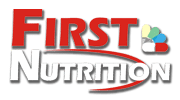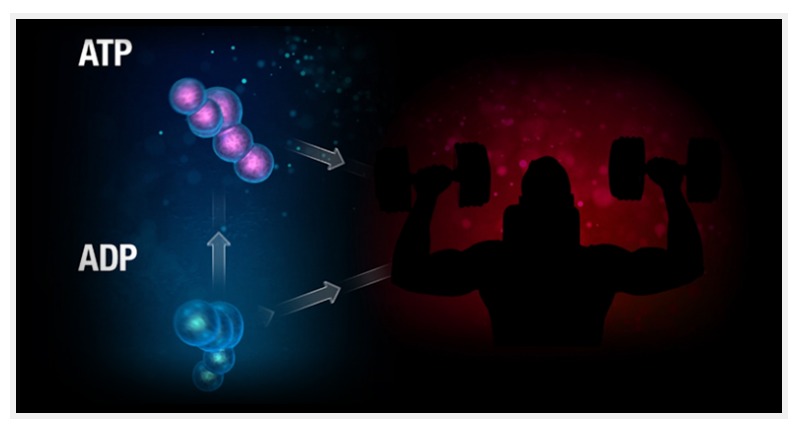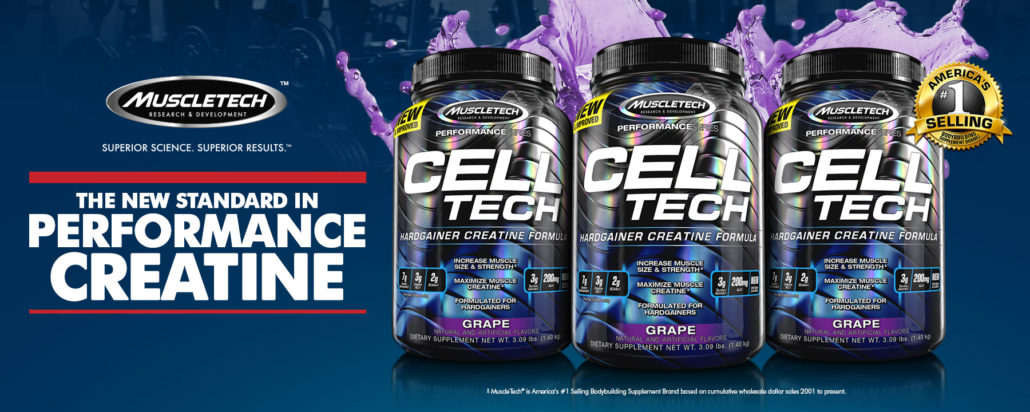The Science of Performance – Energy Systems
Bioenergetic Systems and Training
As athletes, we know that our bodies need energy to function. But what many athletes don’t know is just where this energy comes from. And while some might assume energy to train only comes in the form of pre-workout or from food, we actually can’t use energy directly from the macronutrients we eat – it must first be converted into adenosine triphosphate (ATP), the immediate useable form of chemical energy utilized for all cellular function.
Since energy is released when ATP is broken down, energy is required to rebuild or resynthesize it. Also, your body can’t store a significant amount of ATP, and as such, you’re in need of a continuous supply, which your body constantly resynthesizes.
The energy for ATP resynthesis comes from three different series of chemical reactions that take place within the body using one of three bioenergetic systems. One depends upon a chemical compound called creatine phosphate, and the other two depend on the type of food eaten. Here’s a breakdown of these systems and how to train them:
Phosphocreatine System
This system uses creatine phosphate (CP) and has a very rapid rate of ATP production. The total amount of CP and ATP stored in muscles is small, so there is limited energy available for muscular contraction. It is, however, instantaneously available and is essential for exercises of very short duration, like cleans and snatches, sprints, or burst-like sports, such as football, baseball and basketball.
An effective workout for this system is short, very fast sprints on the treadmill lasting 5 to 15 seconds with 3 to 5 minutes of rest between each. The long rest periods allow for complete replenishment of creatine phosphate in the muscles, so it can be reused for the next interval.
- 2 sets of 8 x 5-second sprints at close to top speed with 3–5 minutes of rest between sets
Anaerobic Glycolytic System
Anaerobic glycolysis does not require oxygen and forms ATP from glucose, which is broken down through a series of chemical reactions to form pyruvate. For every molecule of glucose broken down to pyruvate through glycolysis, two molecules of usable ATP are produced. Anaerobic glycolysis can produce ATP quite rapidly for use during activities requiring large bursts of energy from 30 seconds to 2 minutes. One sport where this pathway is utilized is wrestling, which requires a sustained, intense effort, but not a maximal effort. Use of this pathway causes lactic acid buildup – as the conversion to lactate occurs when the demand for oxygen is greater than the supply.
This system can be trained using any resistance exercise performed relatively slowly (5 seconds per rep) for 10 reps with 2.5 minutes rest between sets. This way is aimed at increasing tolerance to lactate and improving the rate at which glycolysis produces ATP.
- 3 sets of 10 reps (5 seconds per rep) with 2.5 minutes rest between sets
Aerobic System
The most complex of the three energy systems, the metabolic reactions that take place in the presence of oxygen are responsible for most of the cellular energy produced by the body. This pathway occurs in the mitochondria of the cell – using blood glucose, glycogen and fat as fuels to resynthesize ATP – and is used for activities requiring sustained energy production as it is the slowest way to resynthesize ATP. As such, aerobic glycolysis is predominantly utilized during longer duration, lower intensity activities
The aerobic system can be trained with both continuous exercise and intervals.
- 60 minutes running at 70%–75% maximum heart rate
- 5 x 3 minutes at 95%–100% maximum heart rate with 3 minutes of recovery between sets
Keep in mind that the body will go through more than one energy system during a typical workout, depending on what you are doing. The most important thing is to ensure you are allowing yourself proper recovery depending on the type of training you’re doing to maximize performance.
Supplements and ATP
For performance improvements, you can also supplement with pre-workouts that help regenerate ATP or allow you to push yourself to the max, such as products containing creatine, like Platinum 100% Creatine, CELL-TECH Hyper-build, Creatine ATP SX-7, Pro Series Muscle Builder, and #Shatter SX-7 Black Onyx. These ingredients will help you increase performance, strength and lean muscle.
Creatine, rapidly replenishes the body’s ATP levels, allowing the body to train harder and recover faster during anaerobic exercise. This will allow for bigger and stronger muscle and strength gains.
| Suggested Products | ||
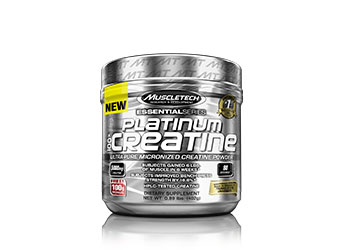 |
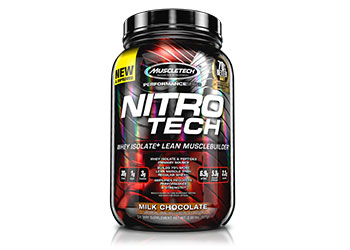 |
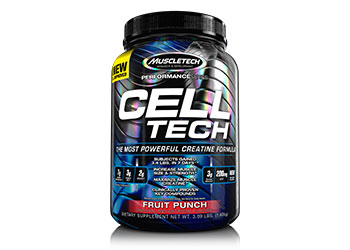 |
Disclaimer: This article is original MuscleTech content and hosted on MuscleTech.com
